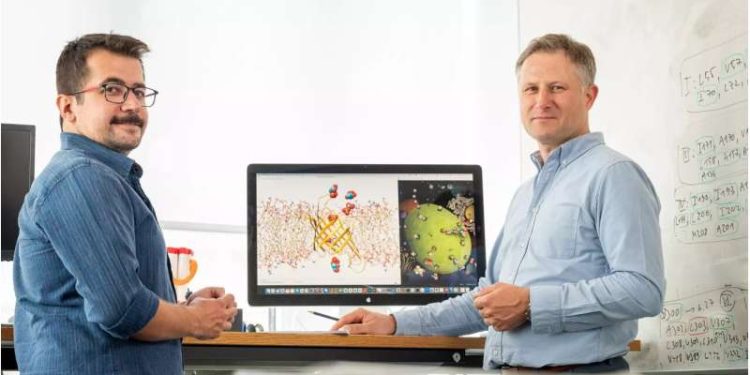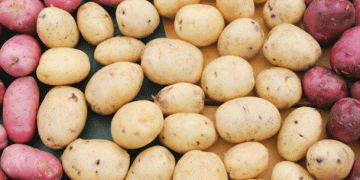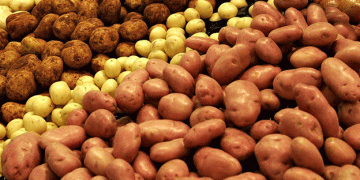This article explores the cutting-edge research on photosynthesis and its potential to revolutionize agriculture. Backed by the latest scientific data, we delve into the intricate mechanisms of this fundamental process, its role in crop productivity, and the innovative approaches being developed to optimize photosynthesis for sustainable farming. Join us on a journey to uncover the secrets of nature’s green energy factory.
Photosynthesis, the ingenious process that powers life on our planet, holds immense promise for transforming agriculture. Scientists are unraveling the mysteries of photosynthesis, seeking to unlock its full potential to revolutionize crop production. This article provides valuable insights into the latest research, highlighting the pivotal role of photosynthesis, innovative approaches, and the future implications for farmers, agronomists, agricultural engineers, farm owners, and scientists in the field.
A study published in the journal Science sheds light on the remarkable efficiency of photosynthesis. Researchers have discovered that nature’s green energy factory operates at nearly 100% quantum efficiency, meaning that nearly every photon absorbed by plants is utilized for photosynthesis. This breakthrough finding underscores the untapped potential for optimizing this process and boosting agricultural productivity.
Recent advancements in understanding photosynthesis have led to the development of novel strategies to improve crop performance. One such approach, as reported in a study published in Nature Communications, involves the modification of photosynthetic enzymes to enhance their efficiency and adaptability to changing environmental conditions. By fine-tuning these crucial components, researchers aim to enhance plant resilience, productivity, and resource-use efficiency.
Moreover, scientists are exploring innovative techniques to optimize photosynthesis beyond traditional crop cultivation. One emerging area of research is the integration of photosynthetic microorganisms, such as algae, into agricultural systems. A report published by the International Energy Agency (IEA) highlights the potential of algae in utilizing sunlight and carbon dioxide to produce biofuels, feedstock, and high-value products while reducing greenhouse gas emissions. This approach offers new avenues for sustainable agricultural practices and the production of renewable resources.
In conclusion, the future of agriculture lies in unraveling the secrets of photosynthesis. By understanding and optimizing this incredible process, we can unlock new frontiers in crop productivity, resource efficiency, and sustainability. Through innovative techniques, genetic engineering, and the integration of photosynthetic microorganisms, we can pave the way for a more resilient and environmentally friendly agricultural sector.
Tags: Agriculture, Photosynthesis, Crop Productivity, Sustainable Farming, Resource Efficiency, Genetic Engineering, Photosynthetic Microorganisms, Biofuels, Renewable Resources, Greenhouse Gas Emissions.






